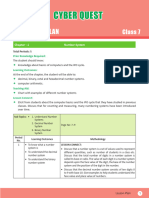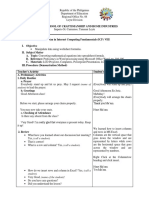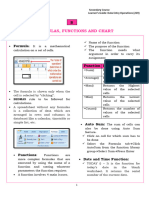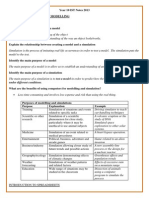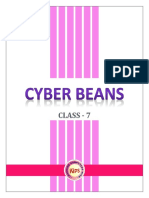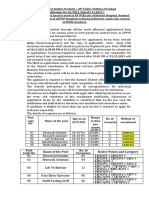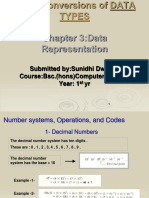0% found this document useful (0 votes)
55 views2 pagesRevision Class
The document discusses number systems, formulas and functions in Excel, using Excel as a database, and advanced Excel features including charts. It defines key terms related to binary, decimal, octal and hexadecimal number systems. It also covers cell references, functions, sorting, filtering, validating data entry and using forms in Excel. Finally, it defines common chart elements like data series, legends, bar charts and axes.
Uploaded by
HrCopyright
© © All Rights Reserved
We take content rights seriously. If you suspect this is your content, claim it here.
Available Formats
Download as PDF, TXT or read online on Scribd
0% found this document useful (0 votes)
55 views2 pagesRevision Class
The document discusses number systems, formulas and functions in Excel, using Excel as a database, and advanced Excel features including charts. It defines key terms related to binary, decimal, octal and hexadecimal number systems. It also covers cell references, functions, sorting, filtering, validating data entry and using forms in Excel. Finally, it defines common chart elements like data series, legends, bar charts and axes.
Uploaded by
HrCopyright
© © All Rights Reserved
We take content rights seriously. If you suspect this is your content, claim it here.
Available Formats
Download as PDF, TXT or read online on Scribd
/ 2











